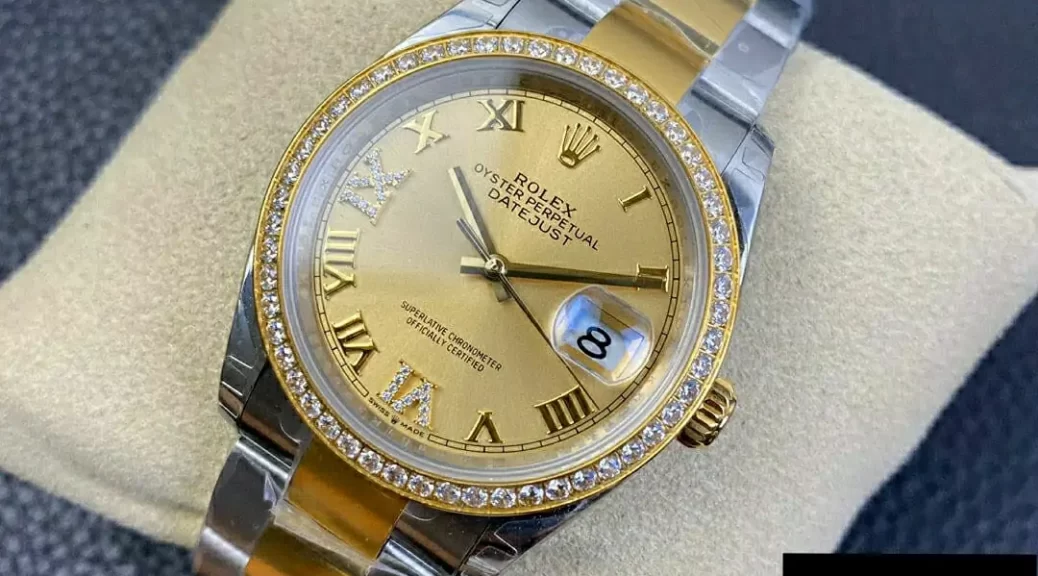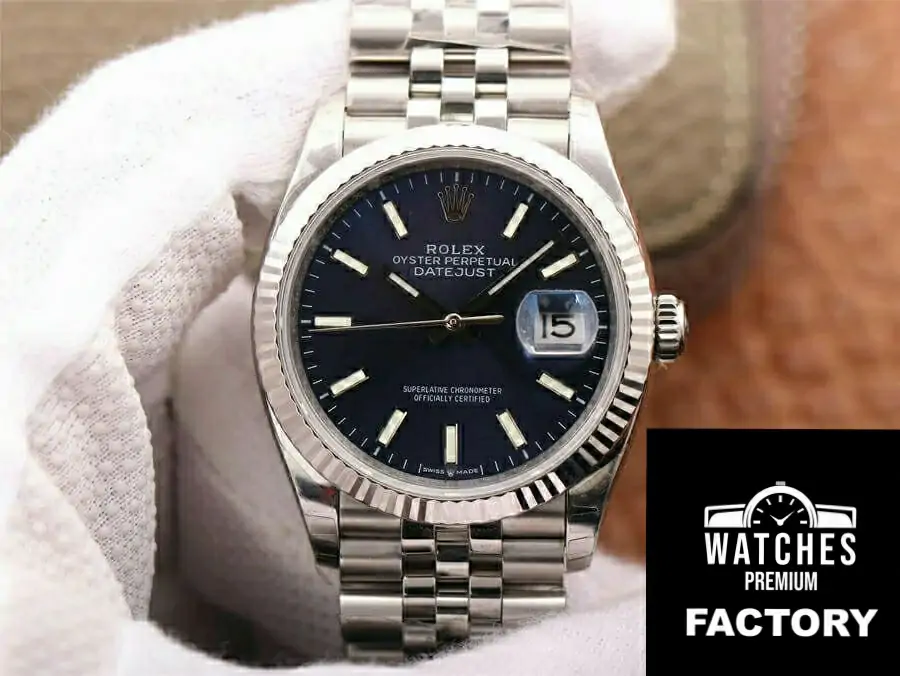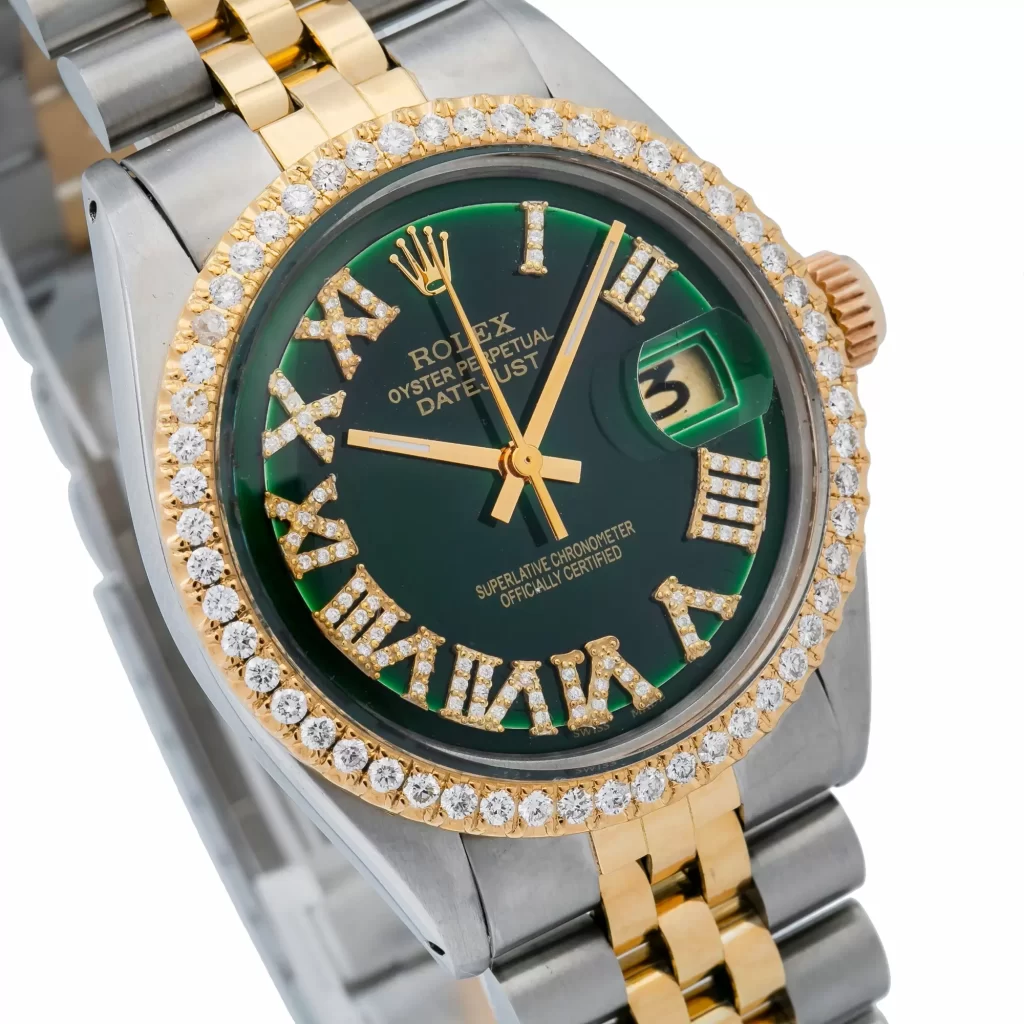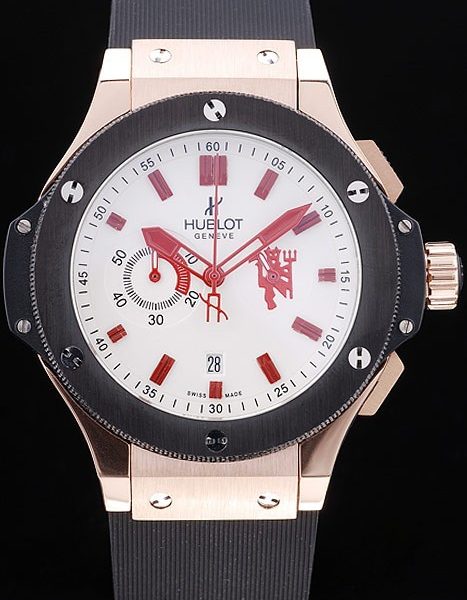
Why True Watch Enthusiasts Rarely Bother Setting Their Watches
I recently stumbled upon an unsettling revelation about myself: I might just be a bit peculiar. Why? Well, it turns out I hardly ever bother to set the time on my watches. Despite dedicating a significant portion of my life to the fascination of watches, meticulously chronicling the intricate and captivating inner workings of these machines designed to precisely mark the passage of time, not a single one of the best watches in my collection displays the correct hour and minute. When I casually mentioned this idiosyncrasy to a couple of colleagues, their reactions ranged from astonishment to genuine concern, with one even going so far as to message me, “I’m afraid to ask, but can you tell the time?” (Rest assured, I can.) And so, propelled by a noble quest for vindication and the irresistible opportunity to smugly proclaim, “I told you so,” I embarked on a mission.

This peculiar journey began with a revelation courtesy of Mike Nouveau, a connoisseur of vintage watches and the reigning monarch of WatchTok, who shared in an interview with Cartier ambassador and coffee connoisseur Emma Chamberlain that neither of their Cartier watches were set to the correct time. This admission resonated with a certain subset of stylish individuals, including the likes of Andy Warhol, who, as documented by the Wall Street Journal in 2018, have long forsaken the meticulous task of keeping accurate time. But what about the more ardent collectors like Nouveau, whose appreciation for watches transcends mere fashion? Through conversations with various figures in the watch community, I discovered a myriad of compelling reasons why many choose to forgo the hassle of setting their watches altogether.
Embracing Form over Functionality
For Nouveau, the necessity of setting his Cartier watches is often overlooked, as their allure lies more in their aesthetic appeal than in their timekeeping precision. “When I don a vintage Cartier watch, my primary focus isn’t on ensuring its accuracy,” he explained. “Rather, it’s about appreciating the craftsmanship, design, and overall allure of the piece.” This sentiment reflects a broader trend among fervent watch aficionados who acknowledge that, regardless of a watch’s technical prowess, its ability to keep time pales in comparison to the convenience of our omnipresent smartphones. Even Roger Smith, renowned for crafting exquisitely detailed watches fetching millions at auction, conceded this point during our interview last June. “I, too, rely on my phone,” he admitted. “But there’s an undeniable charm in owning a finely crafted watch, wouldn’t you agree?”

Preserving the Beauty of Age
Another compelling rationale for eschewing the act of setting a watch is its age. “Many of these watches are relics of the past,” noted dealer Kevin O’Dell. Initially anticipating a staunch defense of traditional horological practices, I was surprised to find O’Dell echoing sentiments similar to my own. “I seldom bother setting my watches, particularly the manual wind ones,” he confessed. “Preserving these vintage watches entails minimizing unnecessary wear and tear.” While O’Dell’s watches remain fully functional, he conserves their dwindling vitality for special occasions, ensuring they continue to serve him faithfully when it truly matters just visit localdlish. Some collectors find themselves in possession of watches that, while no longer functional, retain an undeniable allure. A former GQ staffer, who preferred to remain anonymous, recounted several years spent proudly wearing a Rolex that, while non-functional, exuded an undeniable charm.
The Virtue of Laziness
Why bother with practicalities when one can revel in the blissful embrace of laziness? “I hope this confession won’t lead to my expulsion from the Watch Illuminati, but when it comes to setting complicated watches – be it a perpetual calendar or a day-date – I confess to a certain degree of indolence,” admitted Jessica Owens, founder of Daily Grail. (If anything, such behavior seems to only cement her status within the Watch Illuminati.) Tony Traina, an editor at Hodinkee, musters marginally more effort, albeit begrudgingly. “I typically set the time but often neglect to adjust the date. Take, for instance, this Girard-Perregaux I’ve been wearing since November,” he remarked, attaching a charming image displaying the month set to November while the day stubbornly lingered on a Tuesday (despite it being Wednesday). His reasoning? “Simply put, laziness. Even with simpler Seiko models featuring day-date complications, I struggle to discern which is which, so why bother?”
My own indifference towards setting my fake watches largely stems from sheer laziness. I suspect many of my fellow enthusiasts share this sentiment, particularly those who rotate between multiple watches. While it might make sense to meticulously set the time on a single watch worn daily, the prospect loses its appeal when confronted with a diverse collection intended for various occasions and moods. (Yes, I’ll concede, I can be insufferable at times!)
Even esteemed watchmakers occasionally succumb to the allure of incorrect settings. Etienne Malec, founder of Baltic Watches, confessed to occasionally allowing his replica watches to deviate from the correct time. “Recently, while evaluating prototypes, I’ve often left them at 10:10 to preserve the unblemished view of the dial, a habit that can persist for days,” he admitted. “Not to mention, I routinely wear two watches concurrently, with only one set to the correct time.”
When to Set a Watch?
Amidst this laissez-faire attitude towards timekeeping, I encountered one staunch advocate for punctuality: Perri Dash, founder of the Wrist Check Pod. “I belong to the camp that diligently sets their watch each time it’s worn,” Dash asserted. “I harbor a romantic attachment to watches, and the mere thought of wearing a watch with incorrect time or date fills me with unease.” When asked whether a misaligned watch would irk him, Dash’s response was unequivocal. “Absolutely! It’s inconceivable for me to tolerate such inaccuracy. Even if I’m not actively checking the time, the knowledge that it’s incorrect would undoubtedly nag at me incessantly until rectified. I simply must set it right.”
Dash’s unwavering commitment extends to meticulous attention to detail, particularly concerning his cherished Patek Philippe Calatrava ref. 5054G, which demands precise adjustment of its time, date, and moon phase if left unworn for more than two days. 
While Dash’s unwavering commitment to accuracy may be an outlier, many copy watch enthusiasts adhere to their own set of rules. Traina, for instance, prioritizes ensuring the time is correct, albeit with a casual disregard for the date. Nouveau insists on maintaining accuracy for certain watches, particularly those boasting intricate complications such as perpetual calendars. O’Dell reserves the act of setting his watches for special occasions, such as evenings out.